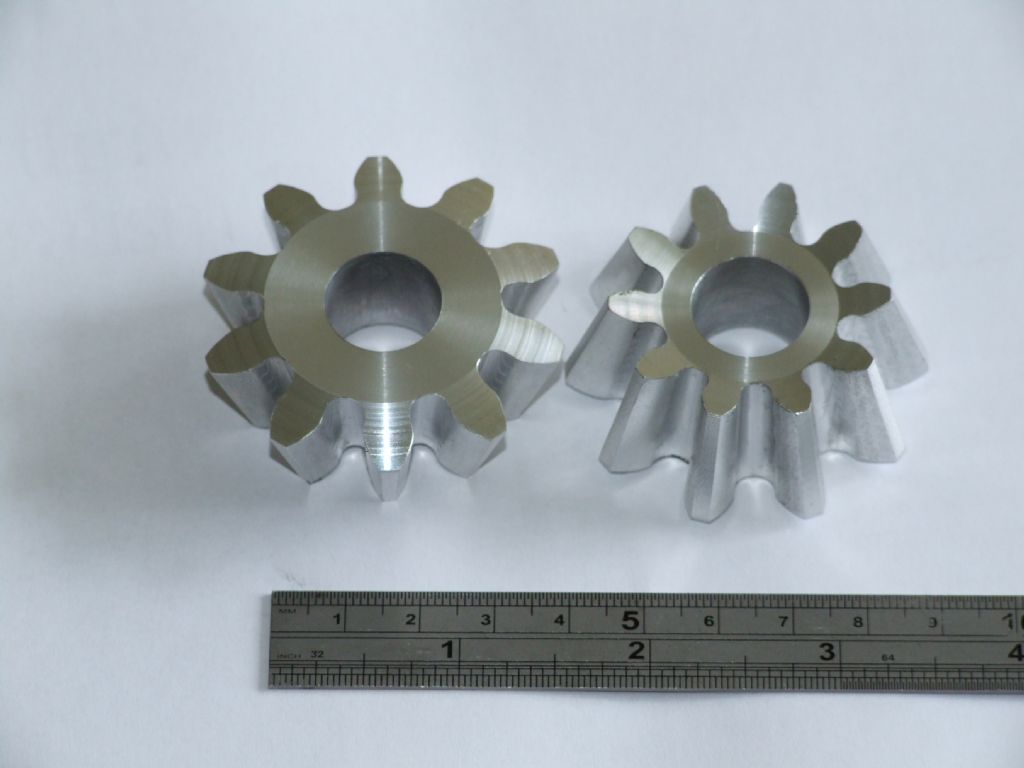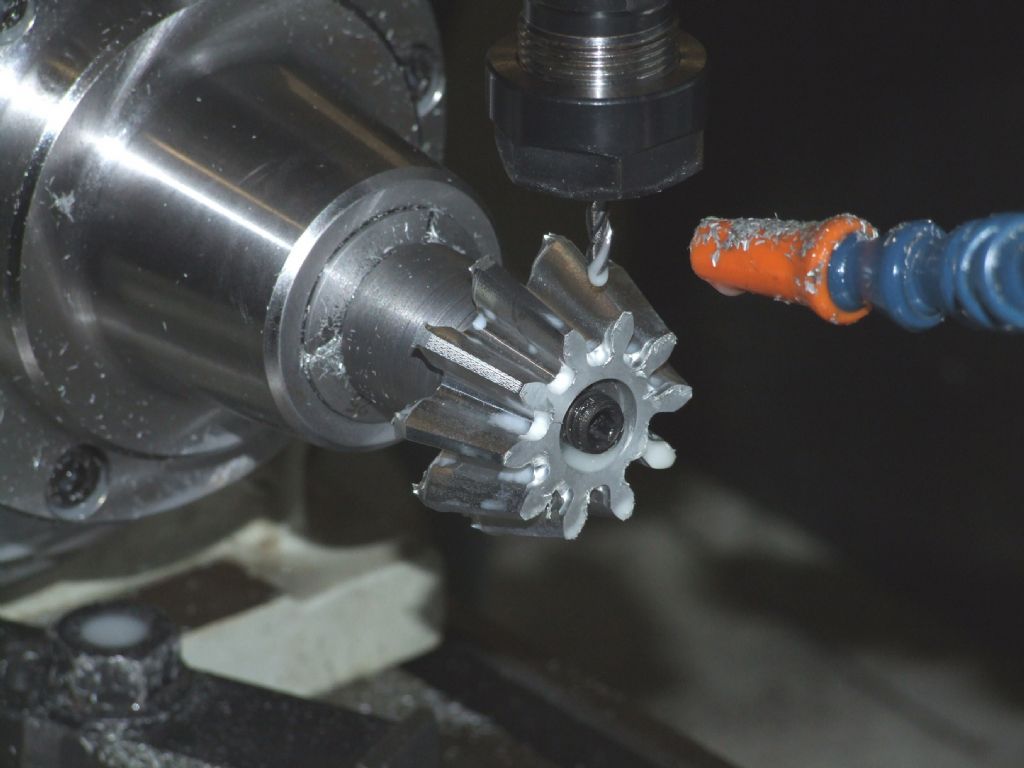Hello,
I acquired a "started" Durham traction engine, and after checking it over I've found a number of things that need addressing. However I have been looking at the prices of materials/tooling I need to finish the model.
One thing I'd like to try is gear cutting and after 2years of looking at it and thinking it's rocket science the penny dropped. Looking at the gears, I need cutters that will suit the following sizes of 8DP gears, 11T, 14T, 18T, 43T, 50T, and 66T. When I've looked on RDG, the cutters have a teeth range, so I assume that I'll be needing pretty much each of the cutters in the set. (I'm a Yorkshireman and don't like spending money where I don't need to) am I better buying the full set and arbour, or is there certain ones I don't need?
With a veiw to the future is there any other traction engines that use the 8DP gears whereby the cutters won't be purchased for a single engine therefore pay for themselves in the long term.
If anyone in the northeast happens to have a set of cutters that are in good condition under the bench get in touch.
The gears for me are one of the biggest single expenses left on the traction engine, having the boiler, hornplates, smokebox, and wheels already. Also one of the biggest challenges that I feel I've have to conquer with it.
Thanks for any advice or pointers.
Edited By Jon Cameron on 18/09/2019 13:14:11
 Jon Cameron.
Jon Cameron.






